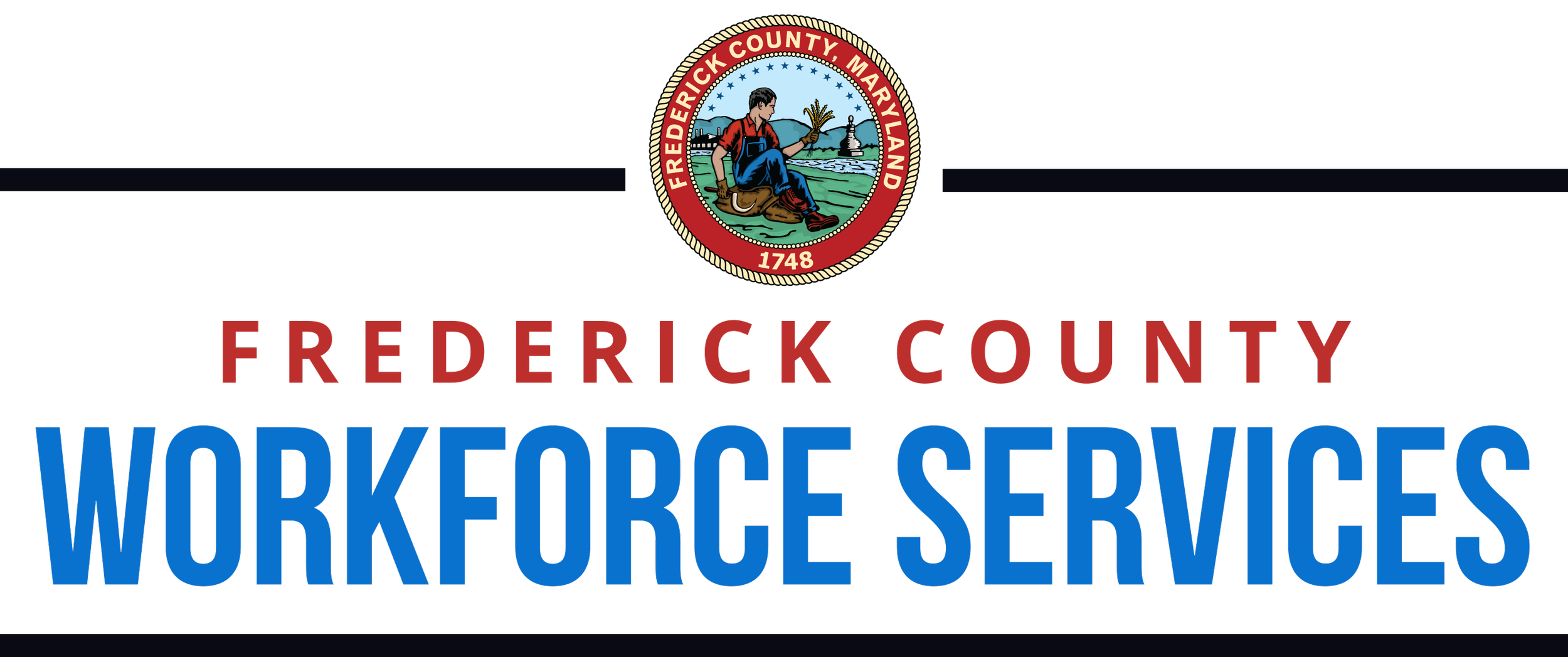Toxic Workplaces: How to spot them and what to do if you're in one
By Nada Steighner, NCC, CDF
Question:
I recently saw that a company my friend works for was hiring. I asked my friend about the open position, and she warned me the employer was “horrible” and that she was trying to leave as soon as she found another job. Based on her feedback, I didn’t apply. But now I'm worried that I'll get stuck in a bad workplace. How can I avoid ending up in the wrong workplace?
Answer:
I'm glad that you knew someone at the company and could reach out before applying to get more information about the employer. However, keep in mind that every individual has their own perception about their job experience, including what makes a workplace a negative one. Your friend might think it's the wrong place to work, but others who work there may feel differently.
To get some perspective, here is a list of some toxic workplace behaviors.
Cliques/gossipy behavior
Poor leadership/management
Poor communication
A high rate of turnover
No work-life balance and/or stifled growth
Employees look unhappy to work there and are constantly requesting time off or sick days
The organization appears unstable (constantly shifting policies and rules, lack of transparency, etc.)
Coworkers and/or management are constantly complaining
If your friend’s work environment includes some of these conditions, then I could understand why she would want to leave. It's hard to observe and identify toxic workplace behaviors prior to accepting a job offer, but there are 3 ways you can make an informed decision before joining a new work environment.
Feedback from Current or Former Employees
You did seek feedback from your friend, which ultimately provided you with a valuable perspective. Even if you didn’t have a direct connection to the company, you could always ask friends and family members if they know of anyone who works there now (or worked there previously) and has any insight about the company culture.
Online Job Search and Employee Reviews
Another popular method is looking up job reviews online to see how current or former employees rate their company. Keep in mind that the people leaving reviews could work in different offices around the country, so the feedback may not necessarily apply to a particular location. For a list of employee review websites, check out this link. Another option is to utilize LinkedIn to see who currently or formerly works there. By doing this, you may be able to identify patterns related to overall tenure or position turnover rates.
Insights Offered Through the Interview Process
Another way you can find out information is during the interview process. If your interviewer is constantly rescheduling your interview, that might be an indication of disorganization within the company. Another red flag is if the interview seems rushed and the interviewer didn’t really seem to ask you questions about your qualifications and skills but wants to hire you as soon as possible.
With COVID affecting how interviews are conducted, you may or may not have a face-to-face interview. But if you do, arrive at your interview 10-15 minutes early so you can observe how staff are interacting with each other and how customers interact with employees. If you are being interviewed by more than one person, pay attention to their interaction with each other. This is something you can do virtually as well. Lastly, the interview process provides an opportunity to ask questions about the company culture, job expectations, and work-life paradigm.
Here is a list of questions you can ask employers:
Why is the position open?
What challenges would someone face if hired for this position and what would make them successful in this position?
Are the hours stated in the job description fixed or would you be expected to adjust when needed?
Is there any opportunity for growth?
Closing thoughts: Making the best of the situation
If you’ve done all of the preliminary research and still end up in a toxic work environment, try to make the best of the situation until you're ready to leave. That may include creating boundaries for yourself such as setting up a meeting with your manager to review designated working hours and tasks. Additionally, identify healthy outlets at work and outside of work such as listening to relaxation techniques, finding a hobby, exercising, or downloading a fun game. Lastly, it helps to have a good support system, so make a point to communicate with a friend or family member about your situation at work. And of course, during this time make sure you are preparing for your exit by revising your resume, identifying references, networking, and/or updating skills if needed.

